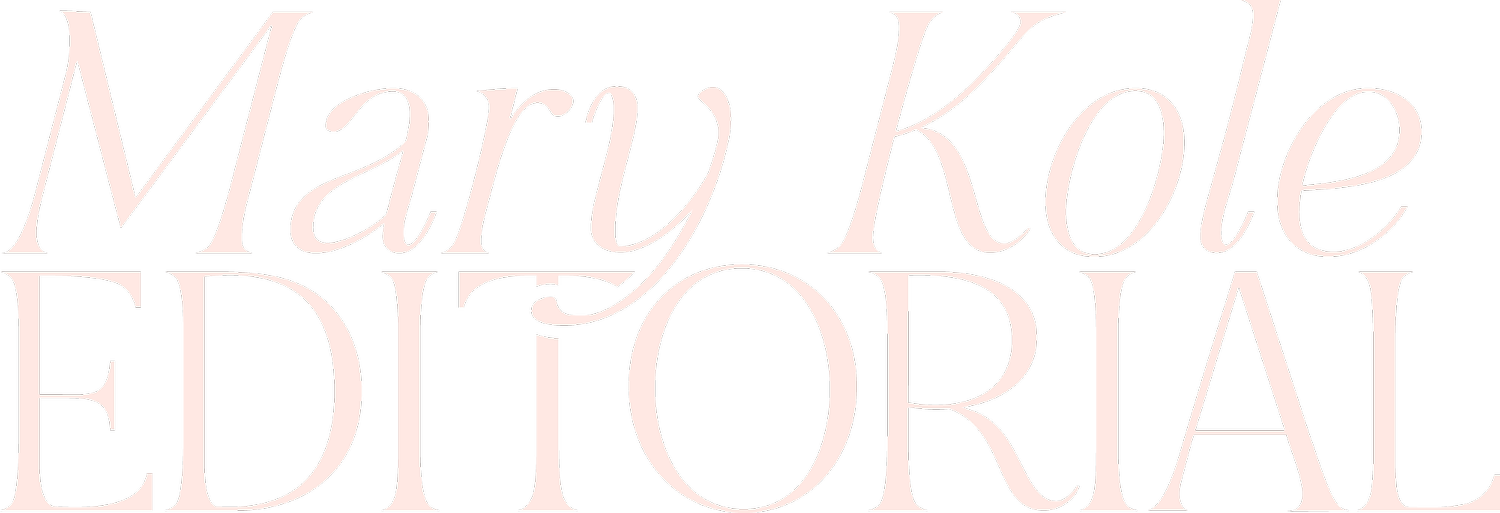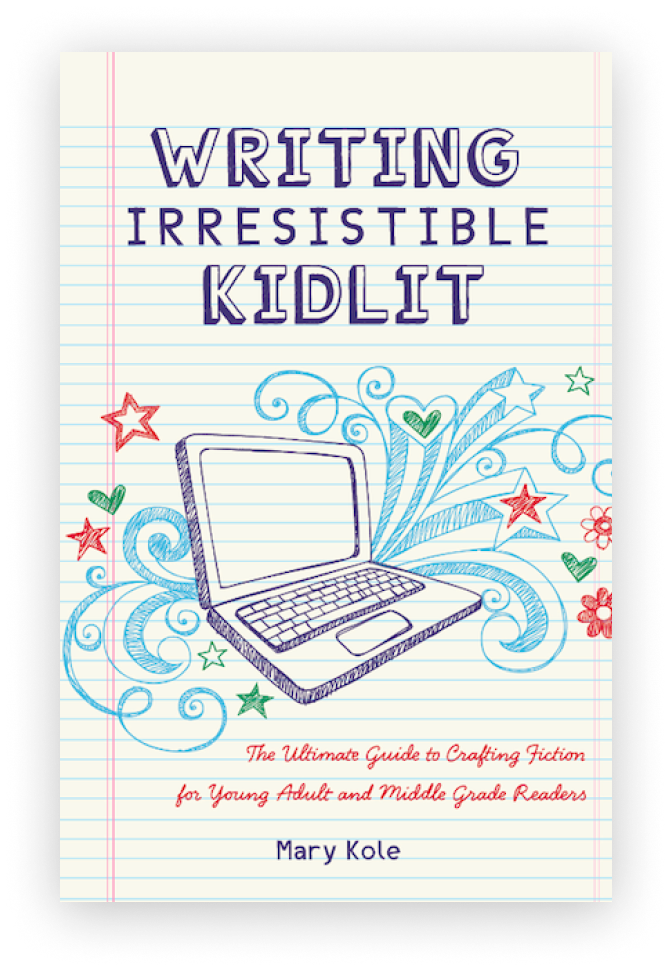Writing a Reverse Outline
By Mary Kole
Mary Kole is a former literary agent, freelance editor, writing teacher, author of Writing Irresistible Kidlit, and IP developer for major publishers, with over a decade in the publishing industry.
Writing a book is certainly no easy feat, but it can be an incredibly satisfying journey. Aspiring writers know that the writing process is just one part of the equation. The real challenge comes with revising and self-editing your manuscript. Enter the reverse outline, a powerful tool that can help make the task of revising a bit less daunting. In this article, I’ll be taking an in-depth look at how to craft a reverse outline from an existing manuscript draft. We'll also discuss common mistakes writers make with their reverse outlines and provide tips on how to use the outline to analyze your draft and guide your revision.
What is a Reverse Outline?
First things first, let's define what a reverse outline is and why it's worth your time. Unlike a traditional novel outline, which helps plan a manuscript before it is written, a reverse outline is created after the first draft already exists. It's essentially a roadmap of your manuscript draft, allowing you to see the big picture and identify any inconsistencies or gaps in your story. Sounds helpful, right?
Now, how do you create a reverse outline? The first step is to read through your manuscript from start to finish. As you do, make note of important events and plot points as they happen. Jot them down in another document. Make sure to track character development, not just plot. Next, group these events into larger categories, such as character arcs, plot twists, or world-building. Finally, organize these categories into a coherent structure that makes sense for your story. I suggest going chapter by chapter, but some writers create a reverse outline scene by scene.
So what should you track in your reverse outline? This will depend on your genre and overall story structure. For example, a mystery novel may focus on twists, information reveals, clues and suspects, while a romance novel may track character developmentt and emotional beats and turning points. In general, it's helpful to note the following: major plot points, subplots, character arcs, relationships with secondary characters and the antagonist, if applicable, pacing, and themes. This should give you a good overview of your narrative structure and allow you to make any necessary revisions. It’s a great idea to practice your rewrite ideas on the outline document first, before executing them in your draft.
More Reverse Outline Considerations
As for the format your reverse outline should take, there's no one correct answer. Some writers prefer a traditional bullet-point story outline, while others opt for a more visual format, such as a mind map or flowchart. The most important thing is to create a format that works for you and helps you see the big picture of your story before you sit down for revision.
Now that you know how to create a reverse outline, let's discuss some common mistakes writers make. One of the biggest mistakes is simply not taking the time to create an outline at all. Another mistake is being too rigid with your outline. Remember, the reverse outline is meant to be a guide, not a strict set of rules. If you find that you’re departing from your reverse outline or want to make additional changes, you can! If you’re a pantser, rather than a plotter, you might find that outlining doesn’t feel that natural to you, but don’t let that stop you. You can keep your reverse outline flexible, so you don’t feel hemmed in. Finally, don't forget to focus on the big picture. Your outline should help you identify any major issues with your manuscript, not nitpick every little detail. There’s time for a line edit later.
Finally, let's talk about how to use your reverse outline to revise your manuscript. Start by identifying any major issues, such as plot holes or inconsistent characterization. Then, make a plan to address these issues, whether it's through rewriting a scene or adding a new subplot. Next, take a look at your pacing and ensure that the story flows naturally. Finally, focus on the details: Do your characters feel fully developed? Are they relatable characters? Are your themes well-explored? By using your reverse outline as a guide, you can create a thorough revision plan that ensures your book is the best it can be.
Crafting a reverse outline may seem like a daunting task, but it's well worth the effort. By taking the time to create an outline and analyze your manuscript, you'll be able to see the big picture and make necessary revisions that will elevate your book to the next level. Remember, the reverse outline is meant to be a suggestion, rather than a rigid requirement. It's up to you to use it as a tool and make the most of it, so make your reverse outline your own.

Click here to purchase Writing Irresistible Kidlit, my book on fiction craft for MG and YA novels, out from Writer's Digest Books. This will show you my writing craft philosophy and give you lots of valuable advice, including tips for the novel revision process and self-editing. There are over 35 example novels cited and discussed throughout. It’s a valuable resource for any writer’s toolkit.
Click here to purchase Irresistible Query Letters, my book on query letters, including over forty examples with comprehensive notes on each one. There’s a ton of submission advice, best practices, and insider information in these pages, and you’ll really enjoy seeing what other writers are doing in the slush.
Click here to purchase Writing Interiority: Crafting Irresistible Characters, my book on interiority and character creation. Explore your protagonist’s thoughts, feelings, reactions and interpretations, expectations, and inner struggles to create a rich, immersive experience. This guide will empower you to create characters who live and breathe on the page, fostering an unbreakable bond with your audience.





